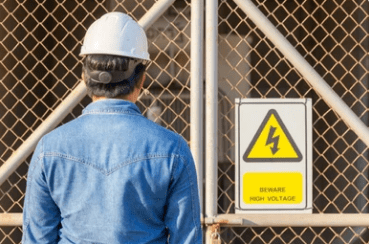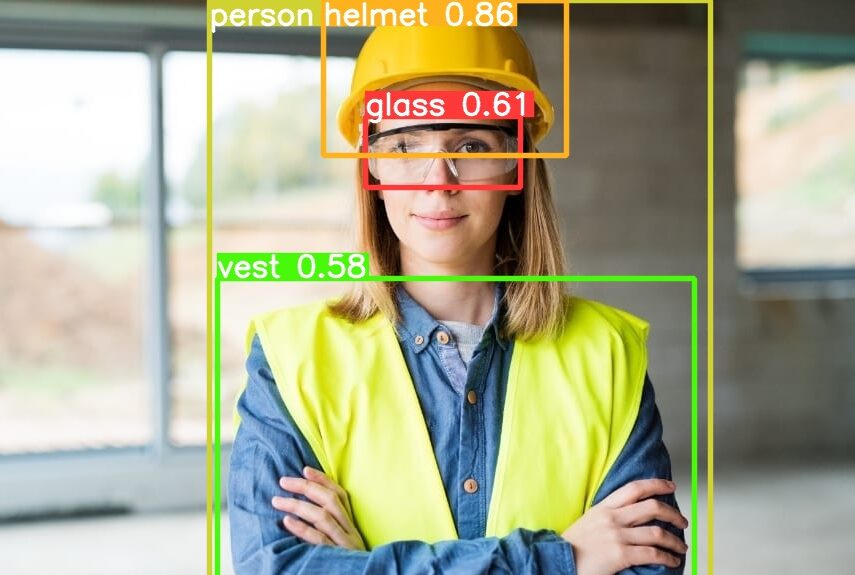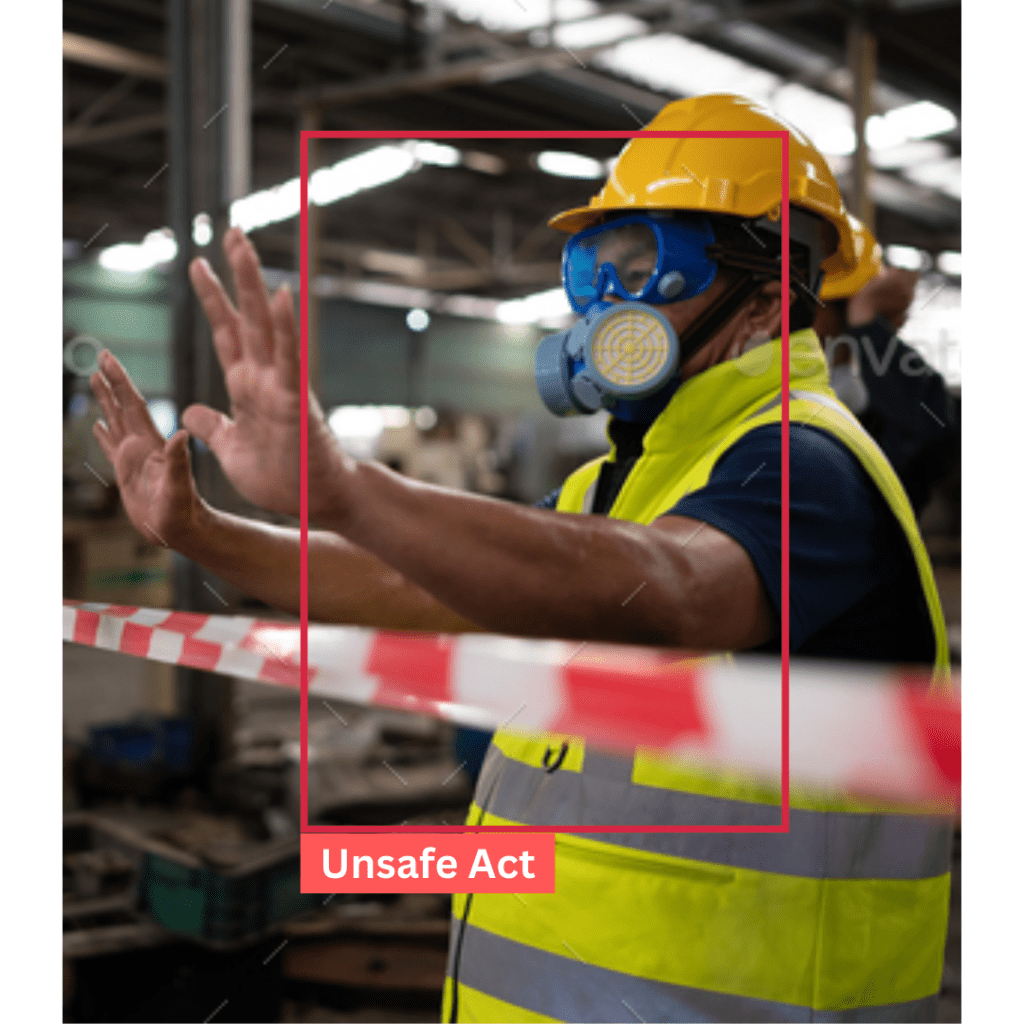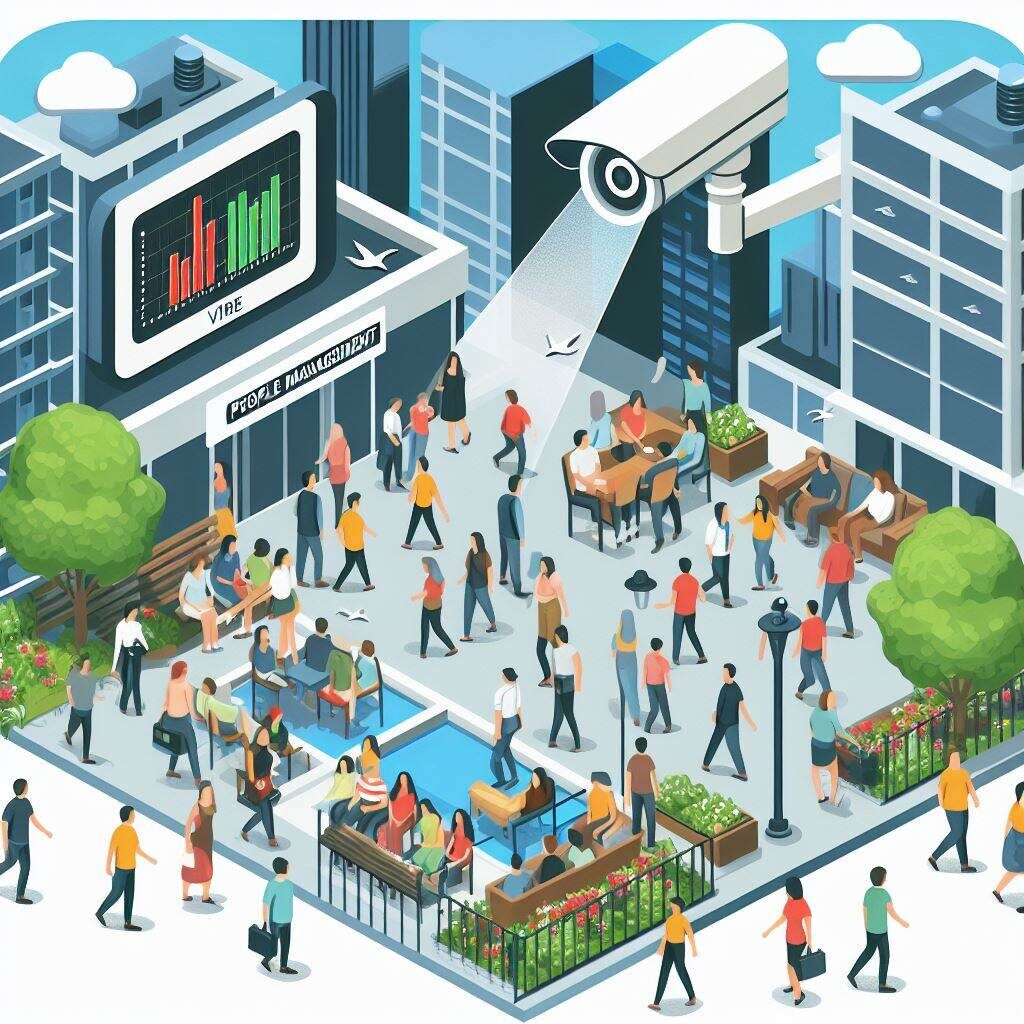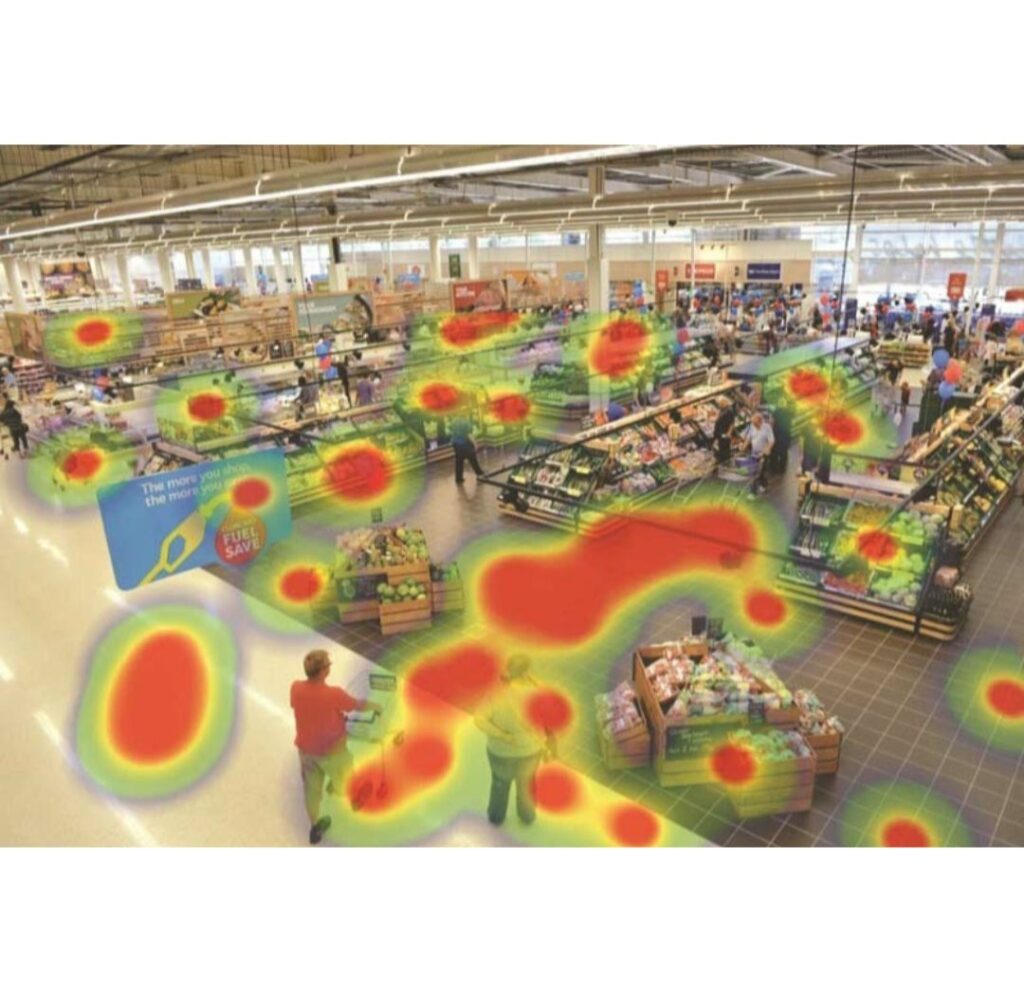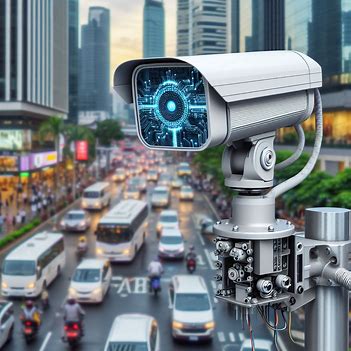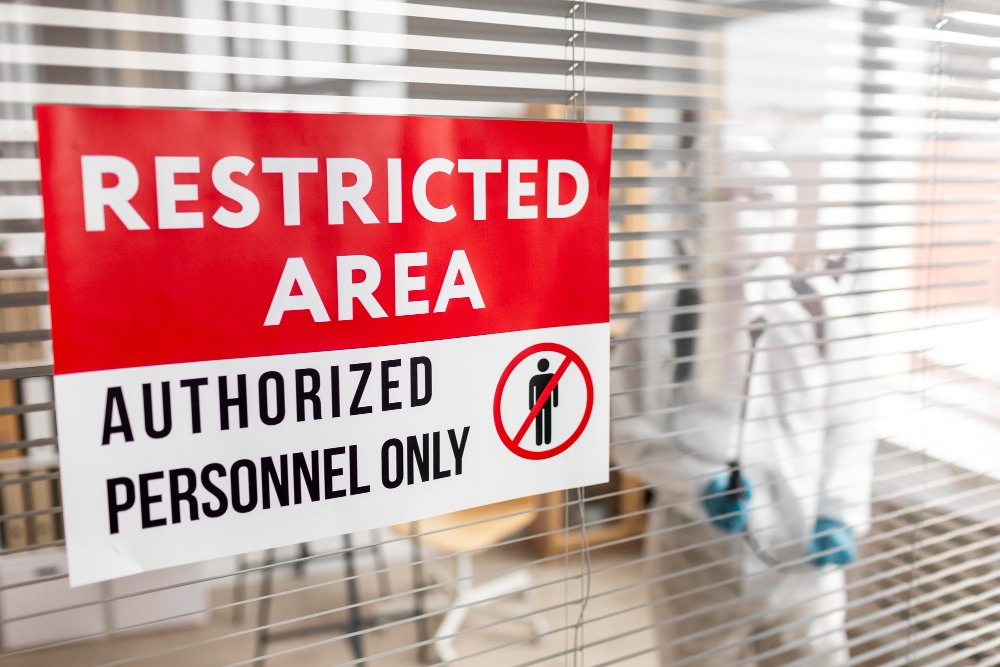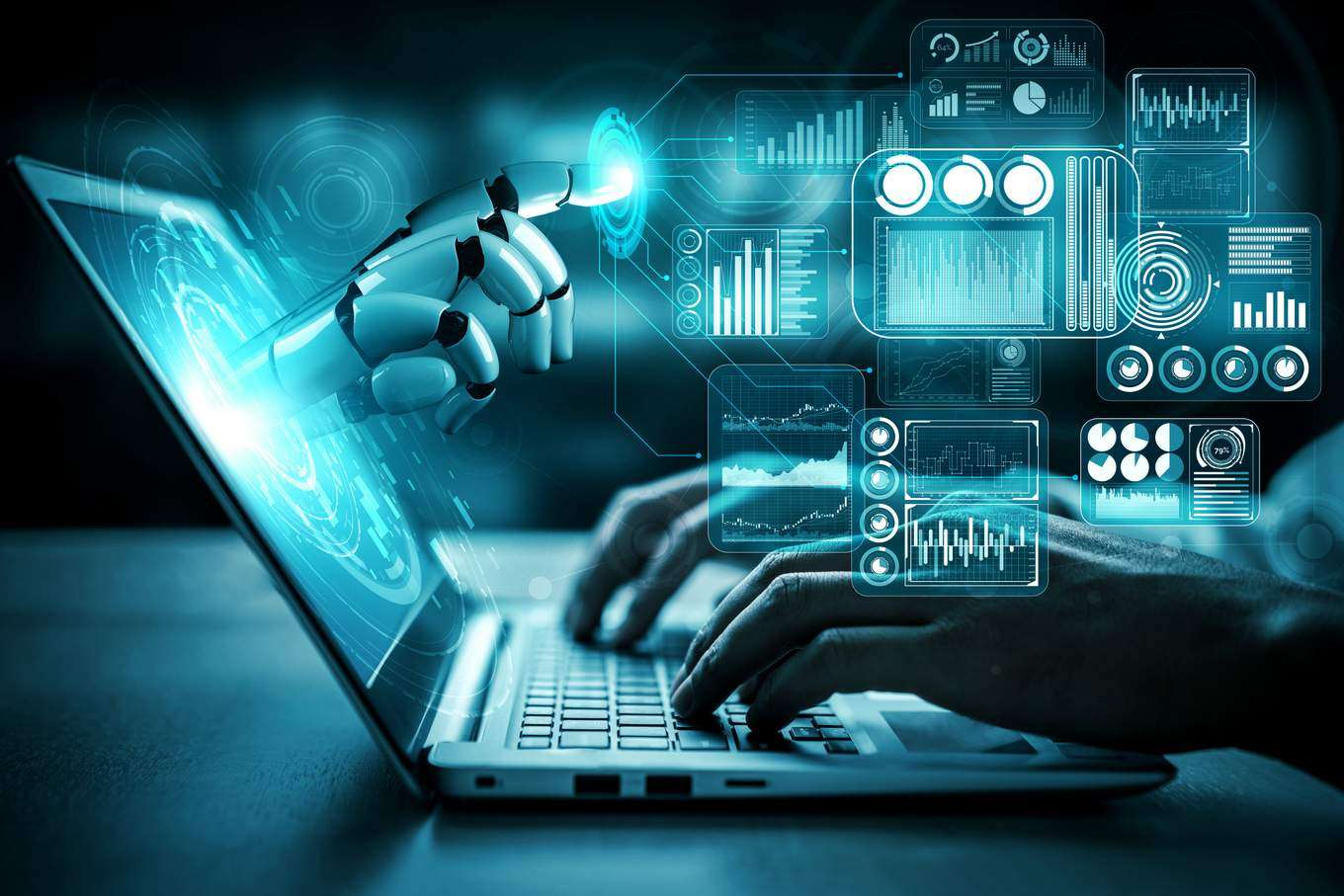Workplace Safety with Cloud-based PPE Inspection Software
What is Cloud-based PPE inspection software
Cloud-based PPE (Personal Protective Equipment) inspection software is a digital solution that allows organizations to manage, track, and inspect their PPE inventory and compliance with safety regulations using cloud computing technology. This software provides a platform for the systematic and efficient management of personal protective equipment, ensuring that employees have the appropriate gear to protect themselves from workplace hazards.
Workplace safety has always been a top priority for businesses across the globe. However, ensuring that employees consistently wear and maintain their personal protective equipment (PPE) can be a daunting challenge. PPE is a critical component in preventing accidents and injuries, and any lapses in its usage or maintenance can lead to severe consequences. This is where PPE detection and inspection software comes into play, offering a powerful solution to reduce workplace accidents and injuries. In this blog, we’ll explore how this technology can make a significant impact on workplace safety.
How PPE detection and inspection software can help businesses reduce workplace accidents and injuries:
1. Real-time Monitoring and Compliance
PPE detection and inspection software employ advanced technologies such as computer vision and machine learning to monitor PPE usage in real-time. By utilizing cameras and sensors, the software can detect whether employees are wearing the required protective gear. If any deviations are detected, the system can send immediate alerts to both the employee and relevant supervisors. This real-time monitoring ensures compliance and acts as a proactive safety measure.
2. Preventing Accidents and Hazards
By ensuring that employees are consistently using their PPE, businesses can significantly reduce the risk of accidents and hazards. For example, in an industrial setting, a worker wearing the appropriate safety goggles is less likely to suffer an eye injury. PPE detection software helps prevent incidents that can result from non-compliance with safety regulations.
3. Streamlined Inspection Processes
Routine inspection of PPE is crucial to guarantee its effectiveness. PPE detection and inspection software streamline this process by automating equipment checks. Instead of relying on manual inspections, the software can assess the condition of PPE and alert relevant personnel when replacement or maintenance is required. This not only saves time but also ensures that equipment is always in optimal condition.
4. Data-driven insights
PPE detection software also generates valuable data that can be used for analysis and improvement. By examining usage patterns and identifying areas where non-compliance is more common, businesses can make informed decisions to enhance their safety protocols. This data-driven approach allows for continuous safety improvement.
5. Cost Savings and Legal Compliance
Reducing workplace accidents not only protects employees but also results in substantial cost savings for businesses. Fewer accidents mean lower medical expenses, reduced worker compensation claims, and lower insurance premiums. Moreover, by ensuring compliance with safety regulations, companies can avoid costly fines and legal penalties.
6. Employee Morale and Productivity
When employees feel safe in their work environment, it positively impacts their morale and productivity. PPE detection software demonstrates a company’s commitment to safety, fostering a culture of responsibility and care among the workforce. Happy, healthy employees are more engaged and productive.
7. Predictive Analytics
AI can analyze historical data to predict potential safety issues. By identifying patterns and trends, Artificial intelligence can help companies proactively address risks before they lead to accidents or injuries.
8. Ergonomics and Human Factors
AI can analyze data related to employee ergonomics and physical well-being. It can provide insights into how to optimize workspaces, reduce strain, and prevent injuries related to repetitive movements or poor ergonomics.
9. Safety Compliance Monitoring
AI can assist in monitoring compliance with safety regulations and protocols. It can automatically check if employees are wearing the required personal protective equipment (PPE) and ensure that safety procedures are followed.
10. Emergency Response
AI can improve emergency response times by automatically detecting incidents and sending alerts to first responders. This technology can save critical minutes during an emergency.
In conclusion, PPE detection and inspection software is a game-changer for businesses looking to reduce workplace accidents and injuries. By providing real-time monitoring, preventing accidents, streamlining inspections, offering data-driven insights, and ensuring cost savings, this technology is an essential tool for modern workplace safety. It not only protects employees but also benefits the bottom line and contributes to a more positive work culture. Investing in PPE detection software is an investment in the well-being and success of your organization.
To know more about the AI ppe detection camera, click on below button:




